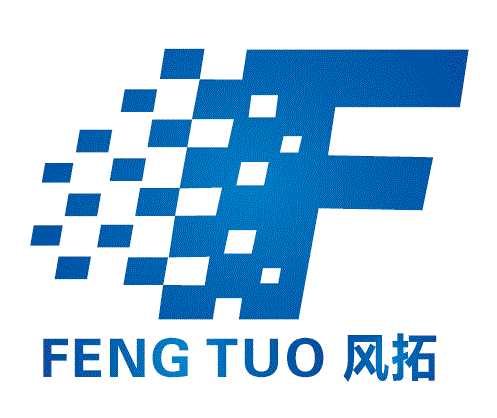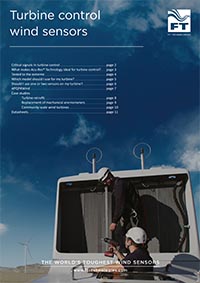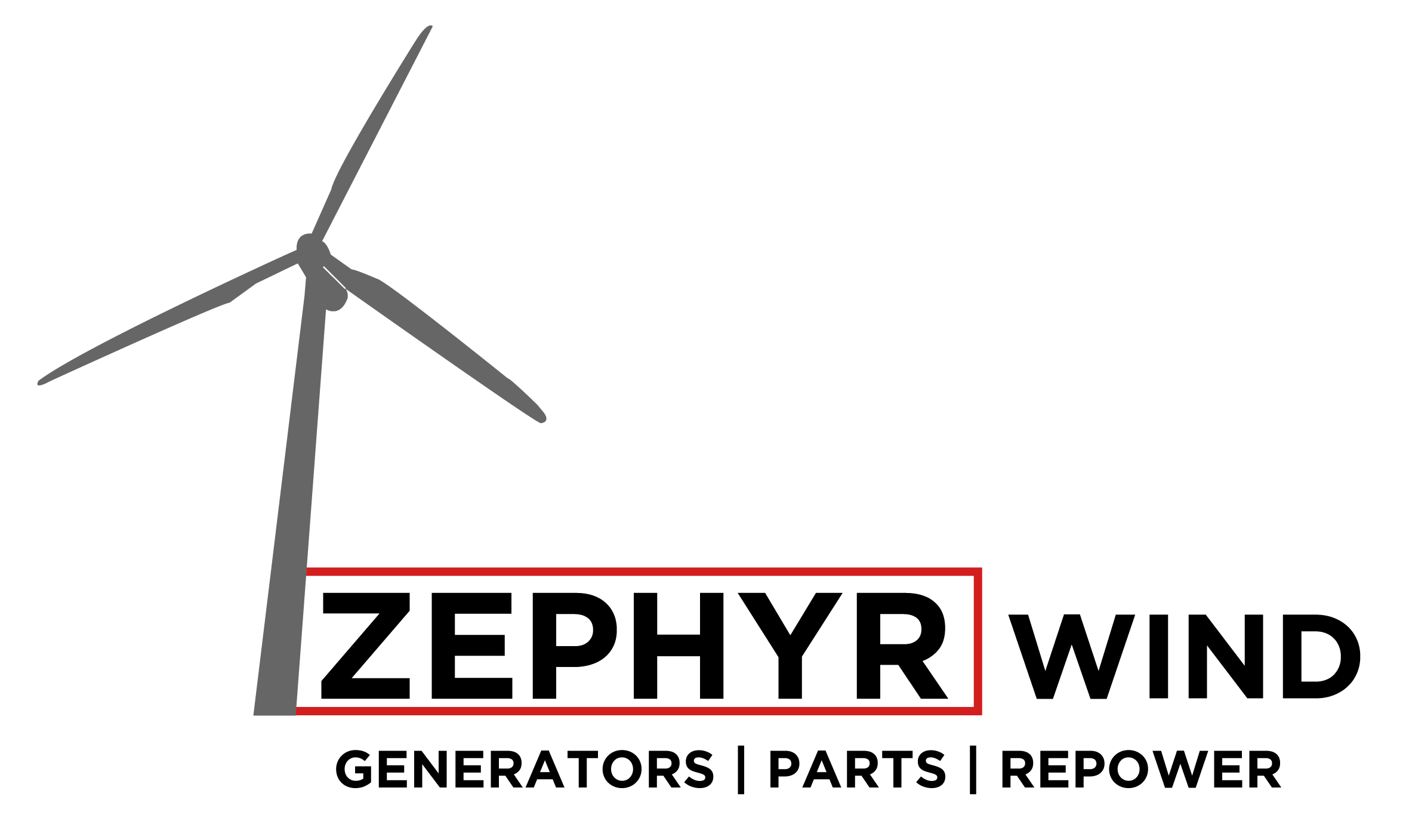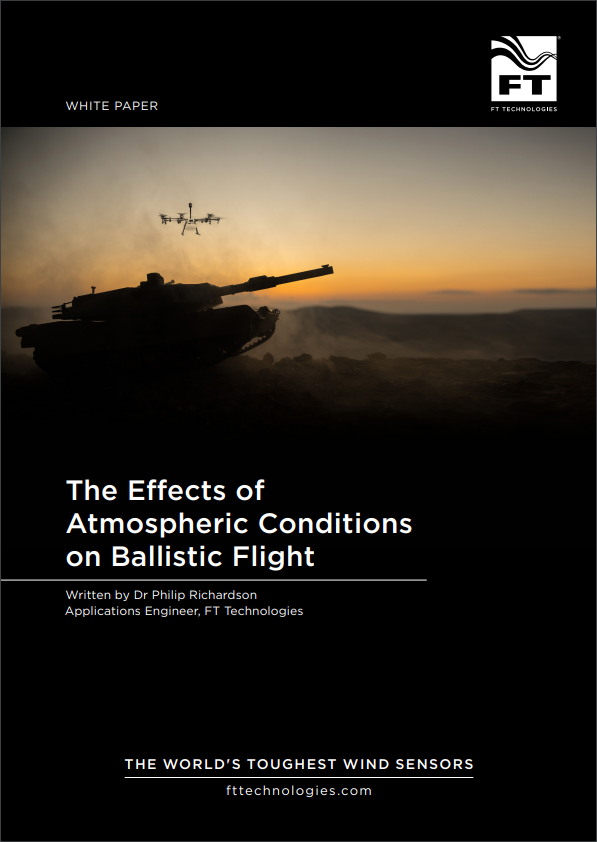FT wind sensors are used on wind turbines integrated into skyscrapers in London and Bahrain. Built and installed by Danish company Norwin A/S, the wind turbines are an integral part of each building, providing electricity for use by the residents.
Strata Building, London
Strata Building is a 148-metre, 43 floor, 408 apartment skyscraper and the tallest residential building in London. It was the first development in the world to integrate wind turbines into the fabric of a building. The three 9-metre wind turbines at the top of the building are rated at 19 kW each and can produce a combined 50MWh of electricity per year, enough to provide power for the common areas of the building.
During the initial planning process, the designers needed to find a way to meet the mandated 10% on site renewable energy target required. As a result, wind turbines, photo voltaic (PV) cells, ground source heat pumps and solar thermal heating were all tested for their suitability and effectiveness. Wind turbines were pursued as they offered the best potential to achieve results given the height and shape of the proposed building.The opportunity to incorporate them into the architecture and deliver a highly visible commitment to sustainable design added further validation.
FT Technologies were consulted during this evaluation process and we recommended our FT702LT Flat Front wind sensors. The FT wind sensors were installed and remain functioning perfectly on the Strata turbines today.
Bahrain World Trade Center

Integrated wind turbines in the Bahrain World Trade Center
The Bahrain World Trade Center is a 240-metre-high (787 ft), 50-floor, twin tower complex located in Manama, Bahrain. Completed in 2008, at a cost of $150 million, the building’s two towers are linked by three skybridges. A 225 kW wind turbine is suspended from each of the bridges, measuring 29m (95ft) in diameter.
The sail-shaped towers funnel the sea breeze into the three wind turbines, acting as aero-foils, funnelling and accelerating the wind velocity between them. The vertical sculpting of the towers also progressively reduces the pressure so that when combined with the rising velocity of the onshore breeze at increasing heights, a near equal regime of wind velocity on each turbine is achieved.
Extensive wind tunnel testing confirmed how the shapes and spatial relationship of the towers sculpt the airflow, creating an ‘S’ flow. This ensures that within a 45° wind angle either side of the central axis, the centre of the wind stream remains perpendicular to the turbines. In this way, the turbines’ potential to generate power is dramatically increased. Collectively, the turbines are designed to provide 11% to 15% of the towers’ total power consumption, or approximately 1.1 – 1.3 GWh a year.
When researching wind sensors, Norwin knew they had to find a product that would withstand the hot, sandy environment in Manama. FT Technologies’ FT702LT Flat Front wind sensors were chosen and installed on the turbines where they have worked reliably and continuously with no need for any maintenance other than an annual inspection.
